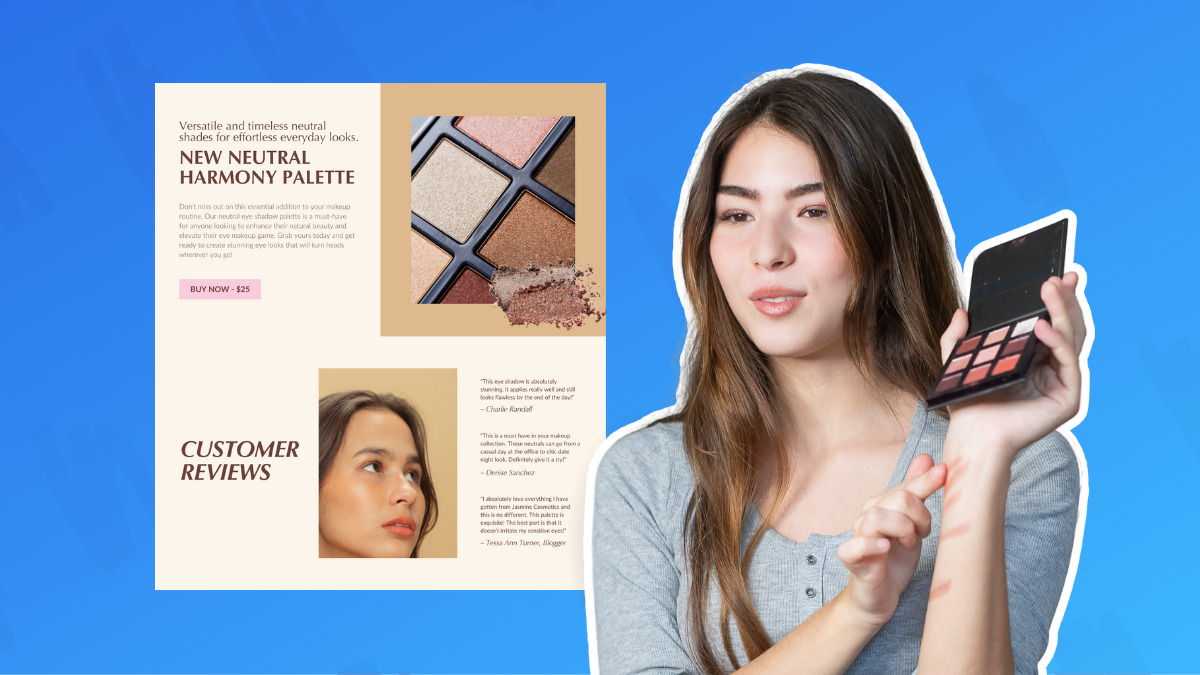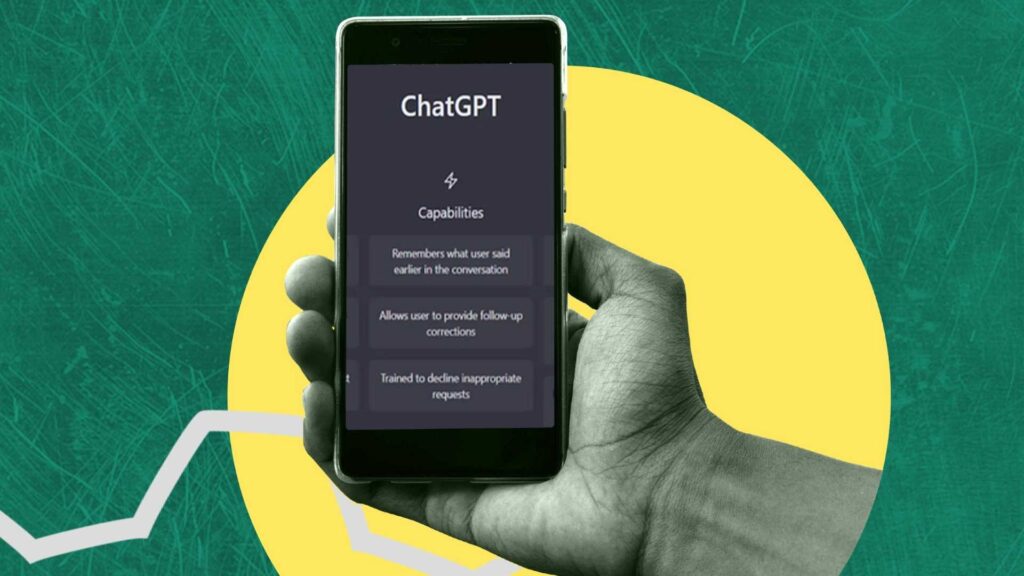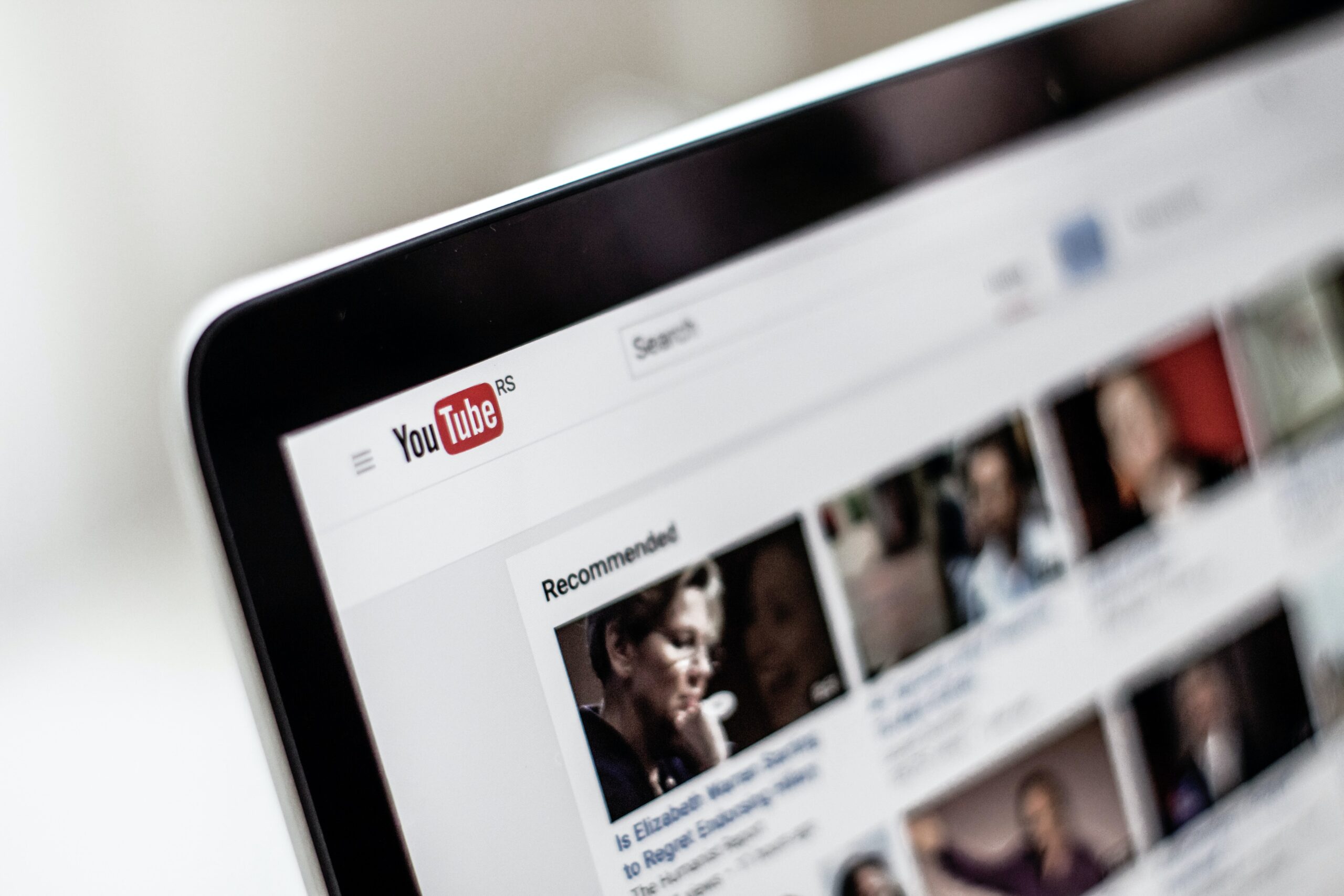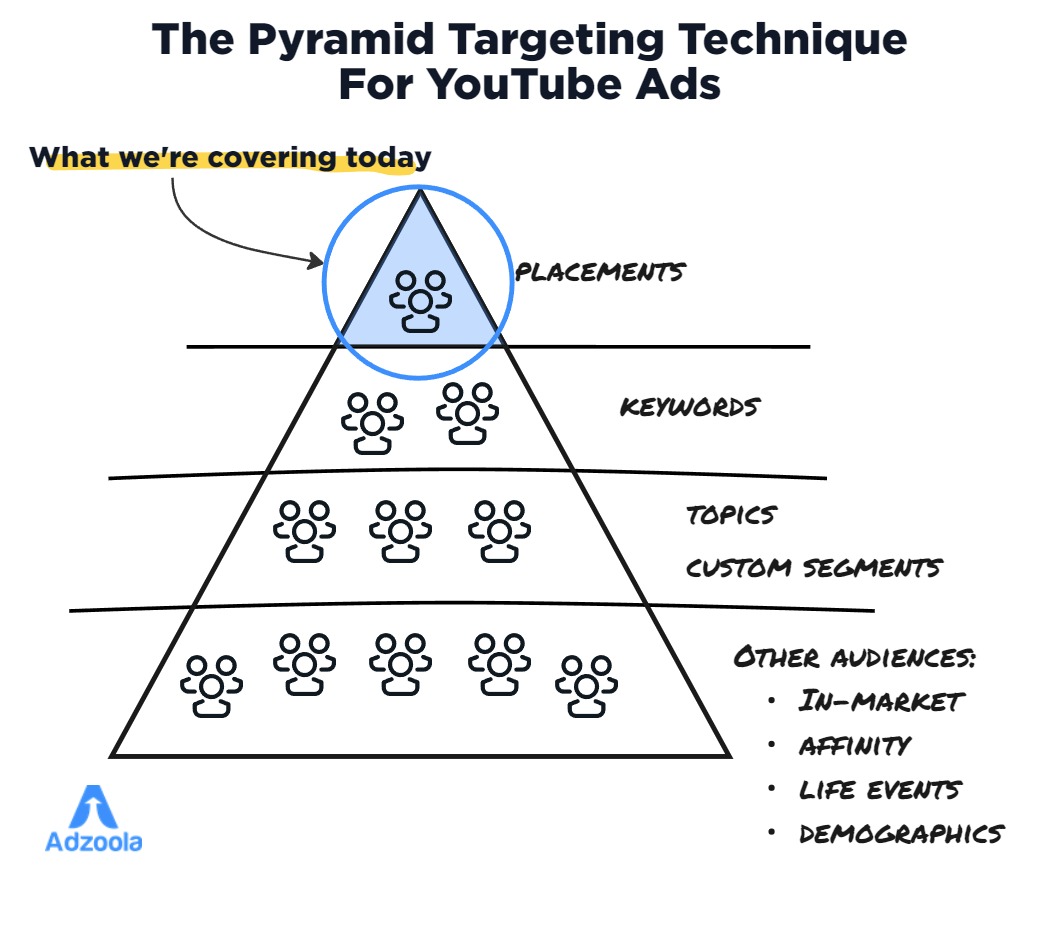Looking for a profession that allows you to transform lives by helping people overcome challenges and achieve their personal goals?
If so, you may already be considering a future as a life coach.
Pursuing a career that offers flexibility, autonomy, and the ability to work from anywhere is a dream shared by most self-starters, and life coaching delivers on every count.
But the often mysterious profession leaves many people with more questions than answers.
Do you have what it takes to become a successful coach? What skills are needed? Do life coaches have to meet certain requirements? Where do coaches get trained?
Life Coach Morgan Bullock on Instagram
In the guide below, we answer your most pressing questions on what it takes to become a life coach and how to build a successful future in the coaching industry.
Here’s what we’ll cover in this guide:
What is a life coach?
How much money do life coaches earn?
What credentials do you need to become a life coach?
How quickly can you become a life coach?
Should you become a life coach? Take the quiz!
How to start a life coaching business step-by-step guide
Growing in your role as a life coach
What is a life coach?
A life coach is a wellness professional who aims to transform lives by helping clients define and achieve goals that improve their quality of life.
Life coaches typically help their clients identify goals and obstacles and then map out a plan to achieve them. Along the way, they coach them on overcoming the obstacles and challenges that stand in their way.
Certified life coach Dominic Johnson, who works with elite athletes, says that the most rewarding part of his job is seeing his clients’ progress and the shifts they go through along the way.
“I became a life coach because of the self-awareness and personal transformation it brought me during an extremely confusing and challenging time in my life.
I decided at that moment that I wanted to help other people in the way the life coaches have helped me.”
Dominic Johnson, Life Coach, Spark Coaching
Life coaching methods vary widely from one professional to the next. Most coaches develop a unique approach that aligns with their niche, philosophy, training, and perspective.
Life coaches, unless otherwise stated, are not mental health professionals or therapists. They do not make decisions for their clients or provide advice on topics such as finance or law.
The ideal life coach helps clients discover their own solutions by asking insightful questions, facilitating self-discovery, challenging limiting beliefs, and providing support and accountability.
How much money do life coaches make?
Coaching is a 1.5 billion dollar industry and growing. Yet, hourly coaching rates vary so much that one life coach may earn $40,000 a year while another pulls in a six- to seven-figure salary.
The significant earnings gap is partly due to varying levels of experience, skills, and credentials.
However, perhaps the most influential factor responsible for how much you earn as a coach has to do with how you approach the business of building your practice.
For example:
A professional coach who works as an employee earns an average of $20 an hour.
A coach who opens their own business may earn anywhere from $35 – $300 an hour, depending on their experience, credentials, and what size audience they build online.
An experienced life coach who has authored books and regularly takes on speaking engagements may earn six or seven figures per year.
Life coaching can be a profitable business if you approach it with intention.
There are several ways to set yourself up for financial success over time, including:
Obtain a life coaching certification from an accredited program.
Earn a degree that compliments your coaching specialty.
Write and publish books.
Take on speaking engagements.
Learn and implement current marketing techniques.
World-renowned life coach and bestselling author Marie Forleo is an excellent example of a coach who is skilled at life coaching, speaking, and building an audience. She has built an audience of more than 800,000 Instagram followers who regularly engage with her content.
What credentials do you need to become a successful life coach?
There are no legally mandated requirements you need to meet to work as a life coach.
However, in an era where anyone can deem themselves a “life coach,” credentials, skills, and outcomes play a heavy role with potential clients.
What skills do you need to become a life coach?
The most important coaching skills don’t come from a classroom but instead are a combination of life experience and business acumen.
Many (and maybe most) life coaches are motivated to help people after overcoming their own challenges and developing a strong drive to help other people overcome theirs.
Some personality traits of successful coaches include:
Deep empathy and the ability to connect with people on a genuine level.
Excellent communication skills, both verbal and written.
Exceptional listening skills to help clients discover what they want.
The ability to motivate and set goals to help clients map out actionable, achievable steps.
Outstanding problem-solving skills to help people discover solutions and overcome obstacles.
A keen sense of self-awareness that allows you to recognize your own shortcomings and necessary areas of improvement.
Successful life coaches also possess an entrepreneurial mindset. This includes a willingness to manage setbacks, adjust strategies, continually learn new skills, and take the initiative on things that need their attention.
Other important skills, such as business & marketing, finance, and sales, can be learned along the way.
Do you need a certification to become a life coach?
You do not need a certification to become a life coach since the industry is unregulated.
But before you skip the certification, consider this:
Most (85%) coaching clients say certification and credentials are important or “very important” when hiring a coach.
Earning a certification can help you generate a higher income more quickly and increase your ability to change lives for the better.
The best life coach certification programs help you develop the communication skills, coaching techniques, and business & marketing know-how you need to launch a successful coaching business.
Here are three of the best accredited online life coach training and certification programs:
Institute for Professional Excellence in Coaching (IPEC): Certified Professional Coach (CPC) program
Coach Training Alliance (CTA) Certified Life Coach
Health Coach Institute (HCI) Dual life & health coaching certification
Not ready to fully commit your time and resources to achieving an accredited certification?
Consider one of the following courses or programs to help jump-start your coaching career.
IAP College life coaching certificate course
Kain Ramsey online life coaching certificate course (on Udemy)
Life Coach Training Institute’s free life coach certification mini-course
How quickly can you become a life coach?
If you’re committed to a future of life coaching, a coaching certification can give you a strong start.
Most certification programs take between 6 – 12 months to complete, but there are a few that offer quicker certifications.
For example, The Certified Life Coach Institute offers an accredited, immersive 3-day certification program called the Certified Life Coach Class.
Most, if not all, life coach training certification programs are available online. Some allow you to work at your own pace.
Should you become a life coach? Take the quiz!
Below is a list of resources to help you determine whether life coaching is right for you.
From YouTube videos to aptitude tests, these resources help you understand the qualities that make for a successful life coach.
7 signs you’re meant to be a life coach: YouTube video by Krista Kathleen
In her video “7 Signs You’re Meant To Be A Life Coach, Born To Coach Training Academy founder Krista Kathleen helps viewers understand whether coaching is their “next best path.”
Three of Krista’s “common signs you’re meant to be a life coach” include:
You love personal development work and you can’t get enough of it.
You’ve overcome a lot of challenging events in your life and want to turn your pain into purpose to help others.
People naturally come to you for advice and to share intimate details of their lives.
Coach Training Alliance Life Coach Quiz
The Coach Training Alliance quiz asks you to rate how strongly you agree with a handful of statements. It takes less than five minutes and produces an immediate percent-based score.
The quiz questions place more emphasis on your willingness to succeed than on your already-existing personality traits.
The quiz is free to take but does require you to enter your name and email.
Life Coach Career Quiz by NLP Academy
NLP’s Life Coach Career Quiz is a series of quick multiple-choice questions. It shows you a percent-based score immediately upon completion of the quiz.
The quiz is free to take and does not require you to fill in any personal information.
Its questions are mostly based on your personality traits rather than what you’re willing to do to succeed.
Lumia Coaching Career Assessment Quiz
Lumia’s career assessment is a fun quiz that asks thought-provoking, social-media-style questions.
The downside to Lumia’s assessment is that you must fill out a form that includes your phone number before you can receive your results by email.
The resources above are fun to try, especially if you’ve ever considered a career in coaching.
However, the quizzes above are mainly designed to gauge how well you’d fit into the classic description of a life coach. All three miss the mark when weighing the importance of entrepreneurial skills, such as your willingness to learn, adapt, and improve over time.
If the quizzes above didn’t encourage and motivate you toward a coaching career, try our unofficial life coach quiz below!
The unofficial “Are you ready to become a life coach” quiz
Are you a self-starter who is passionate about becoming a life coach?
Are you willing to do what it takes to learn how to help people transform their lives for the better?
Are you willing to do what it takes to learn the business and marketing skills needed to build a successful coaching practice?
If you answered “yes” to all of the questions above, Congratulations! You already possess some of the most important traits needed to become a successful life coach.
How to start a life coaching business: step-by-step guide
Are you passionate about becoming a life coach but wondering where to begin? Some people like to ease into a coaching career while others jump in with both feet.
Which one are you?
How to ease your way into a life coaching career: A 5-step guide
Step 1: Define your niche and coaching style.
Step 2: Learn how to market your coaching practice and begin building your reputation as a thought leader.
Step 3: Get more training and build your credentials along the way.
Step 4: Create a personal growth strategy.
Step 5: Develop a business and marketing strategy.
Step 6: Sign up your first clients.
How to jump into full-time life coaching: A 5-step guide with resources
Do you feel you have the skills and training you need to begin full-time life coaching right away?
If you’ve already completed the steps above and feel ready to launch your coaching practice, these steps will help you get there.
Develop a full business and marketing plan.
Set up your business infrastructure.
Choose a coaching platform and select the additional tools and resources you need to begin coaching.
Share some of your knowledge in the form of an ebook that provides genuine value to potential clients. You can use this book as part of your lead generation strategy, to encourage signups for your email newsletter.
Begin marketing your practice by building a social media audience and publishing a helpful email newsletter.
Email tips on Instagram
For step-by-step guidance on completing these steps and more, read our Coaching Business Blueprint for complete details on launching your practice.
Resources for people who want to become a life coach
If you’re serious about becoming a life coach, spend an afternoon gathering ideas and inspiration by learning how other coaches build successful businesses.
Follow some of the best life coaching blogs recommended by Life Coach Magazine.
Learn about the world’s top life coaches. Sign up for their newsletters and follow their social media accounts for ongoing ideas and inspiration.
Check out life coaching success stories from industry and academic sources, to help keep you motivated and driven to pursue your goals.
View some of the best life coach accounts on Instagram.
Life Coach Sam Burgess on Instagram
Growing in your role as a life coach
As any effective life coach will tell you, personal and professional growth are key factors of long-term success.
As you move forward and begin life coaching, consider this lesser-known tip on building a lifetime social media audience.
How to insure against the loss of your social media audience
For many coaches, building a social media audience is a labor of love that can take years. The efforts are well worth it because an engaged audience can increase your reach (and profits) exponentially.
But what happens if you suddenly lose access to the audience you’ve built on a social platform such as Instagram, TikTok, or YouTube?
This can, and has, happened to many businesses in the past.
To insure against the loss of your online audience, encourage your social media followers to sign up for your email newsletter.
A reputable email marketing platform allows you to download all your email subscriber data so you always have access to your audience.
At AWeber, we love coaches! You can use our easy, drag-and-drop interface and pre-built templates for coaches to quickly build and launch landing pages and personalized, automated email newsletter campaigns.
Give AWeber a try and sign up for a free email marketing account (no credit card required!) today.
The post How to become a life coach: Step-by-step guide + resources to get started appeared first on AWeber.
































